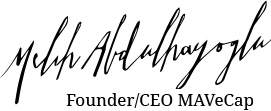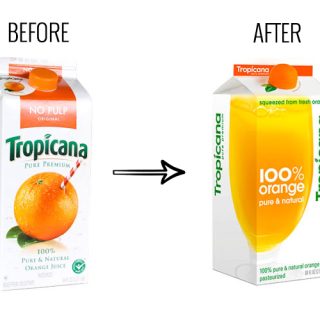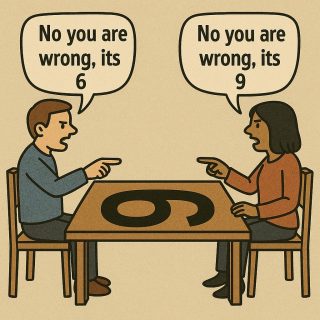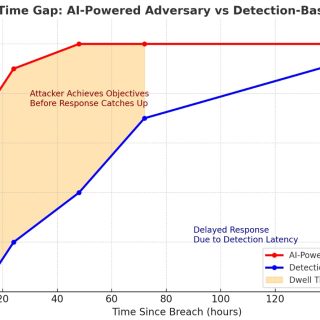
Within the realm of marketing, demand generation and lead generation are often used synonymously, but they have distinct meanings and roles. Understanding these strategies is crucial for effectively targeting ideal customers and boosting sales.
Quick Overview of Demand Generation vs. Lead Generation
| Demand Generation – Top of the funnel (TOFU) | Lead Generation -Bottom of the funnel (BOFU) |
| Focuses on raising awareness about potential issues. | Provides solutions to identified problems. |
| Aims to enhance your brand’s credibility and authority. | Concentrates on showcasing your product’s solution. |
| Campaigns are designed for long-term advantages. | Campaigns are designed for immediate results. |
| Utilizes an educational approach to attract leads. | Utilizes a direct sales approach to attract leads. |
| Targets a broad audience for widespread engagement. | Targets specific high-quality leads. |
| Key Performance Indicators (KPIs): Traffic, Impressions, Clicks, Video Watchthrough rates, Average time spent on landing page. | Key Performance Indicators (KPIs): Marketing Qualified Leads (MQLs), Sales Qualified Leads (SQLs), Sales Accepted Leads (SALs). |
| Ideal for mid to large-sized companies aiming for long-term growth. | Ideal for startups or businesses seeking quick revenue generation. |
Demand Generation vs. Lead Generation: Funnel Positions Explained
Demand generation and lead generation are essential components of a comprehensive marketing strategy, each serving distinct roles within the sales funnel. Demand generation activities are primarily top-of-the-funnel (TOFU) efforts. This means they focus on attracting a broad audience, raising awareness, and generating interest in your brand among potential customers who may not yet be ready to buy. These activities aim to educate and engage prospects, building a foundation for future interactions and nurturing them over time.
On the other hand, lead generation is considered a bottom-of-the-funnel (BOFU) activity. It involves targeted efforts to capture contact information and qualify leads who have already shown interest in your offerings. Lead generation focuses on converting these prospects into paying customers through direct engagement, sales outreach, and tailored messaging. By distinguishing between these funnel stages, businesses can implement more effective strategies to guide prospects from initial awareness to final purchase, ensuring a seamless and efficient customer journey.
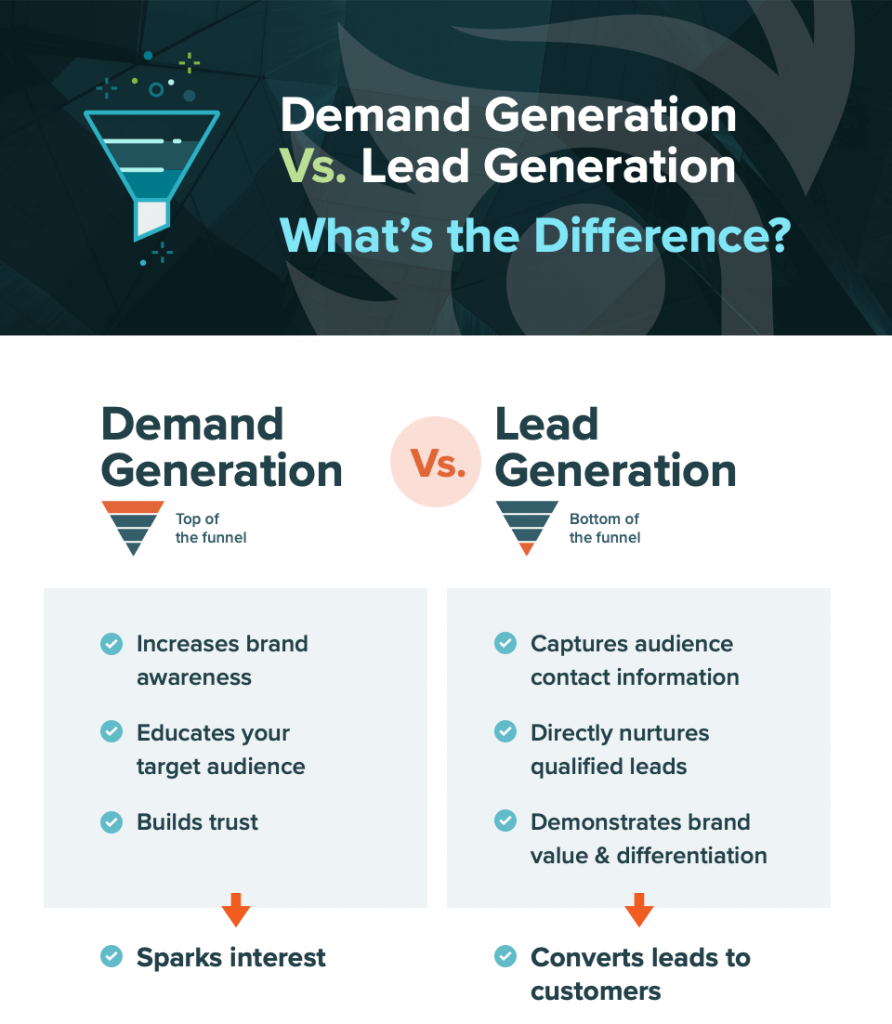
Demand Generation
Scope and Objective
Demand generation is a broad strategy aimed at creating long-term interest in a product or service, spanning through the entire sales funnel and beyond. Its main goal is to build awareness and engage potential customers over time.
Key Activities
Content Marketing: Developing informative content to attract and educate prospects.
SEO and SEM: Optimizing content and leveraging paid ads to drive traffic.
Social Media Engagement: Using social platforms to interact with prospects and build a brand community.
Webinars and Events: Hosting events to showcase expertise and engage directly with potential customers.
Email Campaigns: Sending targeted emails to nurture leads.
Target Audience
This strategy targets a broad audience, including individuals not yet ready to buy, aiming for long-term engagement and nurturing until they are prepared to make a purchase.
Lead Generation
Scope and Objective
Lead generation, or sales prospecting, is more focused and tactical. It aims to capture the contact information of potential customers likely to be interested in purchasing soon.
Key Activities
Cold Calling: Directly reaching out to prospects via phone.
Email Outreach: Sending targeted emails to generate interest.
Trade Shows and Events: Networking to collect leads.
Lead Capture Forms: Using forms to gather prospect information.
Purchasing Lead Lists: Buying lists to target potential leads.
Target Audience
This approach targets specific individuals or companies ready to purchase, focusing on quickly identifying and converting sales-ready prospects.
Key Differences
Timeframe: Demand generation is a long-term strategy, while lead generation aims for immediate sales outcomes.
Approach: Demand generation is broad and educational, whereas lead generation is direct and sales-focused.
Goals: Demand generation builds brand awareness and a pipeline of future leads, while lead generation seeks to quickly find and qualify ready-to-buy prospects.
Detailed Comparison
Demand Generation
Role and Processes
Demand generation aims to create interest well before the sales process. By targeting the right audience with effective marketing techniques, it can:
Increase brand awareness
Create high-value sales opportunities
Shorten sales cycles
Drive revenue growth
Stages of Demand Generation
Demand Creation: Building awareness and interest through content and various marketing channels.
Demand Capture: Converting an audience already aware of your solutions using targeted tactics.
Demand Management: Coordinating marketing and sales efforts to manage customer requirements effectively.
Examples of Demand Generation Tactics
Distribute Educational Content: Providing valuable content via various channels.
Offer Free Trials: Allowing prospects to try products before buying.
Host Events and Webinars: Showcasing offerings and engaging with potential customers.
Public Relations: Generating media coverage to increase visibility.
Co-marketing Campaigns: Collaborating with other businesses to extend outreach.
Content Marketing: Creating and distributing valuable content to attract prospects.
Lead Generation
Role and Processes
Lead generation focuses on gathering information from prospects ready to purchase, providing benefits such as:
Building a database of potential customers
Nurturing relationships
Converting leads into sales
Stages of Lead Generation
Lead Awareness: Making potential customers aware of your product/service.
Lead Education: Demonstrating expertise and building trust.
Lead Sampling: Offering trials to let prospects evaluate the product.
Lead Conversion: Transitioning prospects to paying customers.
Examples of Lead Generation Tactics
Direct Mail Marketing: Sending personalized mail to target prospects.
Incentive-Based Referral Systems: Rewarding customers for referrals.
Cold Emailing: Contacting prospects with tailored messages.
LinkedIn Ads and Outreach: Running targeted ads and direct messaging.
Telemarketing: Direct phone calls to engage potential customers.
Business Newsletters: Providing valuable content regularly.
Account-Based Marketing: Targeting high-value accounts with personalized efforts.
Content Syndication: Distributing content to reach a wider audience.
Warm Calling: Following up with prospects who showed prior interest.
Conclusion
Both demand generation and lead generation are vital to a successful marketing strategy. While demand generation focuses on creating broad awareness and interest, lead generation prioritizes capturing and nurturing leads to convert them into customers. . Lead generation is a subset of overall demand generation activity, playing a critical role in the latter stages of the customer journey.
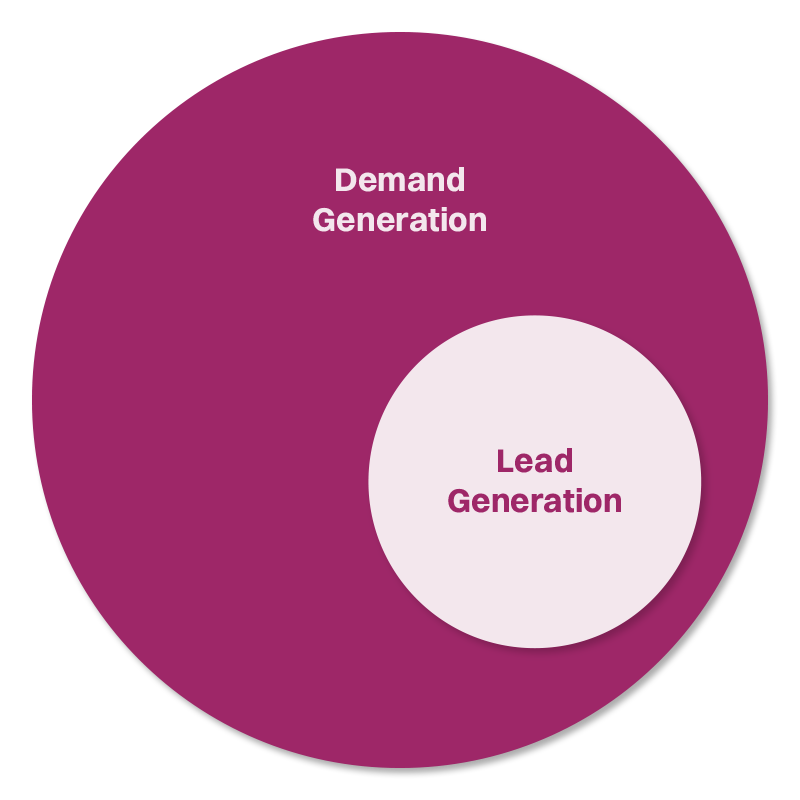
A well-rounded strategy should incorporate both approaches to effectively target and engage potential customers, driving sustained growth and revenue.
